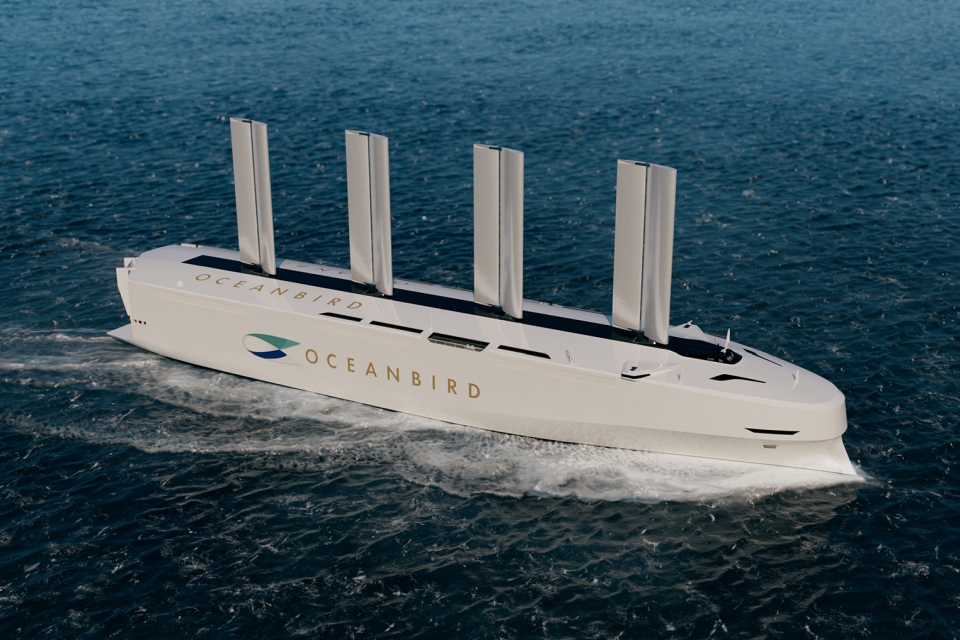The first wing sail from Oceanbird, Wing 560, has received Approval in Principle (AiP) from classification society DNV. According to Niclas Dahl, Managing Director Oceanbird, it is one of the first stiff wing sails that will tilt in hard winds as a safety feature.
The discussions with DNV that led up to the AiP, started before there even was an Oceanbird concept. Even though Oceanbird was confident in the design, there were a few uncertainties.
Dahl: ‘It is reassuring that DNV supports our safety philosophy since we are now going from vision into realisation. In just a few months, we will begin to assemble our first full-scale wing prototypes, which will be on board a vessel in about one year from now.’
Also read: VIDEO: Oceanbird gears up for testing of Wings
No showstoppers found
An AiP is an independent assessment of a concept within an agreed framework, confirming that the design is feasible, and that no significant obstacles, so called showstoppers, exist to prevent the concept from being realised.
DNV have looked into how the wing could handle extreme conditions such as heavy wind loads, snow and ice loads and green sea (waves on deck). They have also investigated redundancies in system functionalities (trimming, reefing, folding, etc.), control systems, the foundation and machinery and electrical component functionalities.
‘We’re pleased to award Oceanbird the AiP for their wind-assisted propulsion system (WAPS),’ remarks Hasso Hoffmeister, Senior Principal Engineer at DNV. ‘Such systems hold promise in enhancing the efficiency of maritime operations, and partnerships like this play a significant role in moving the industry towards decarbonisation.’
Oceanbird have requested that the review should include documents beyond the minimum requirements to reduce uncertainties related to the concept.
Also read: VIDEO: Oceanbird car carrier changes wing design
About Oceanbird
Oceanbird is a joint venture created by Alfa Laval and Wallenius with the purpose of developing wind propulsion to the shipping industry. The 40-metre-high and 14-metre-wide (560 m2) rigid wing sail from Oceanbird have more in common with airplane wings than traditional sails. Using air pressure to push the vessel forward, one wing sail on an existing vessel, can save up to ten per cent of fuel and emissions on optimal routes. A vessel that is specially built for sailing with a full set (six) of Oceanbird Wings 560 will be sailing in 2027.
Picture by Oceanbird.
Also read: First Oceanbird type wind-powered vessel wins EU funding








